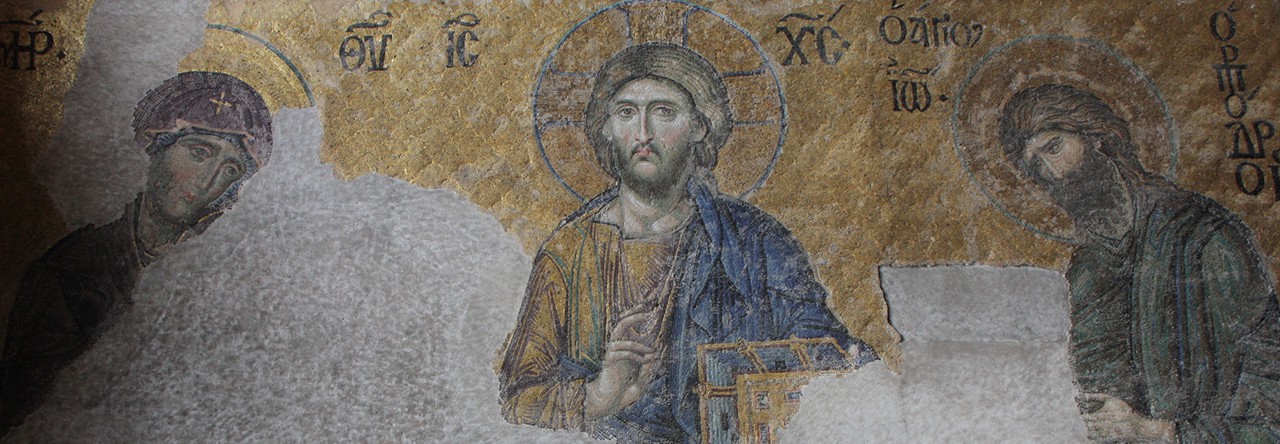
As we celebrate the Feast of the Ascension of our Lord, we can think about the historical development of the Feast. Very early on in Church history Pascha-Pentecost was considered to be one fifty-day Feast of which the Ascension was also a part. But as Christians began to see each church year as an opportunity to re-enact events from the life of Christ annually, there appeared feasts in their own right (or ‘in their own rite’, excuse the pun), distinct from other the other feasts. And so, Ascension appeared as its own distinct feast.

Until the late fourth century the ascent of Christ into heaven and the descent of the Holy Spirit were celebrated together at the end of the great 50-day period of Pentecost; the term ‘Pentecost’ in those early centuries applied definitely to the whole 50-day period of rejoicing at the Resurrection . . . The development of a separate celebration of Christ’s Ascension on the fortieth day after Easter began in Syria and Asia Minor during the latter part of the fourth century, and seems to have become almost universal practice by the seventh or eighth centuries. The Feast rounds off the celebration of the Lord’s earthly life and ministry, and in many ways has a lot in common with the Feast of Christ’s Nativity.

Whereas Christmas celebrates the beginning of the economy of salvation with the human birth of the Incarnate Son of God, and explores the paradoxes and theological implications that are involved, the Ascension celebrates the accomplishment of salvation through Christ, and the taking of our humanity up to the throne of God. Man is seated at the right hand of the Father in the person of the Incarnate Son, our great High Priest, whose ministry as mediator between God and humanity provides access into the divine life. (John Baggley, FESTIVAL ICONS FOR THE CHRISTIAN YEAR, pp 134)

Looking at some of the hymns from the Ascension we see more clearly the connection between Christ’s ascension and His nativity. Both feasts have the incarnation as central to theologically understanding what is being celebrated. And both feasts are about how heaven and earth are brought together in Christ. The hymns focus on the reunion in Christ of all things which had become fragmented and separated as a result of human sin (for example the body and soul, heaven and earth, Creator and creation, the living and the dead, etc):
Having appeared in the likeness of the flesh, You gathered together into one the things that were formerly separated, O Friend of mankind. And while the disciples were watching, O Compassionate One, You were taken up into the heavens. (Matins Ode 6)

The above hymn is based in theology expressed in St Paul’s epistle:
For he has made known to us in all wisdom and insight the mystery of his will, according to his purpose which he set forth in Christ as a plan for the fulness of time, to unite all things in him, things in heaven and things on earth. (Ephesians 1:9-10)
A second hymn also shows the reunion which Christ accomplishes in his life, death and resurrection in uniting earth, Hades and Heaven:

Having come down from heaven to the things of earth, O Christ, as God with Yourself, You resurrected Adam’s form, which lay prostrate in the nether holds of Hades vault; In Your Ascension to the heights You led it up to the heavens, and You seated it upon the throne of Your Father, since you, the Friend of mankind, are merciful. (Matins sessional hymn)
The third hymn emphasizes that the union which Christ has accomplished for all things is ongoing and we participate in it by being united to Christ in faith and love:

When You fulfilled the dispensation for our sake, and unite earth to heaven, You ascended in glory, O Christ our God, not being parted from those that love You, but remaining with them and calling out: I am with you and no one will be against you. (Festal Kontakion)
